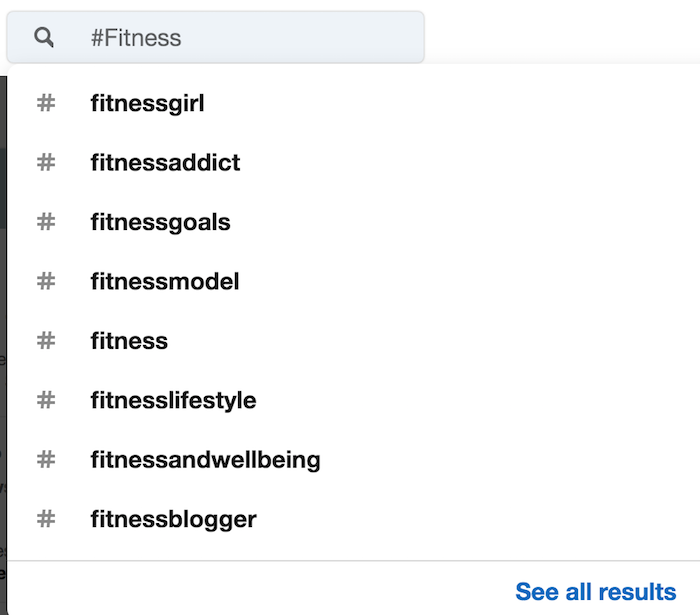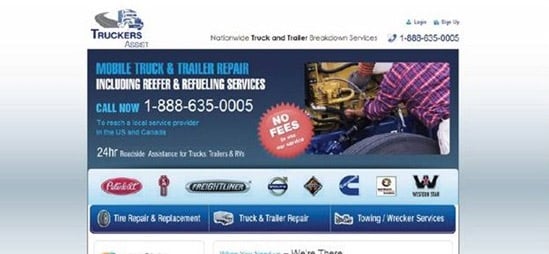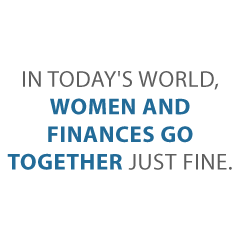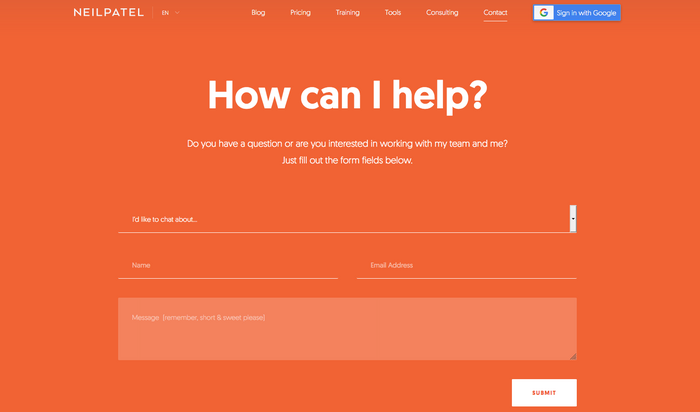
From Set Up to Business Start Up Loans: What You Need to Know About Starting a Business
If you are thinking about starting a business, there is a lot you need to know. Our business experts can walk you through the entire process to ensure you have the fundability you need to succeed. From how to set up your business as a fundable entity to making sure you have what lenders are looking for when it comes to approving start up business loans, here is what you need to know.
How to Get Start Up Business Loans and Other Funding
If your business isn’t fundable, you will not get startup business loans, plain and simple. Of course, if you are a start up you aren’t going to have a ton or revenue or business credit history. So, what can you do to ensure you have a fundable business that can get the money needed to get up and running?
Credit Line Hybrid Financing: Get up to $150,000 in financing so your business can thrive.
The Set Up, and Why it Matters
Fundability starts in the very beginning. How you set your business up can make or break your ability to get business start up loans. Here’s why. Lenders want to see that your business is a stand alone entity, fundable on its own apart from you as the owner. It lends credibility to your business as one that is strong and able to survive on its own merits.
 To start this process, you need to make sure your business has its own name and contact information. Do not use your own phone number, address, or email address. You also need to apply for an EIN. It’s free on the IRS website. This is an identifying number for your business that’s similar to an SSN for an individual.
To start this process, you need to make sure your business has its own name and contact information. Do not use your own phone number, address, or email address. You also need to apply for an EIN. It’s free on the IRS website. This is an identifying number for your business that’s similar to an SSN for an individual.
After that, it is vital that you incorporate. Choose whichever options works best for your budget and liability needs, S-corp, LLC, or corporation. But, you must do it. It makes all the difference when applying for business start up loans.
Then, you need to have a separate, dedicated business bank account. It further lends credibility to your business as one that is legit, and there are a number of other benefits that will serve your business well in the future. For now, just know it is preferred by lenders.
Business Plan
If your business is properly set up, you will need a business plan. Most business loan applications have a place where you can just fill in the blanks for this part, but that is not what you want to do. You need a professional, well put together business plan that shows you know what you are doing with the money you are asking for.
You can find templates online, including at SBA.gov. However, it’s even better if you can hire a professional business plan writer. You will also likely have to hire other professionals to help you complete each part of the business plan.
For example, you will need a marketing specialist to help you with the market research and an accountant to help with the forecast and other financial sections. The better your business plan presentation is, the better off you will be.
Business Start Up Loans and Other Funding
Ok, so now for the nuts and bolts. You cannot start a business without money. If your business is properly set up and you have a solid, professional business plan, you have given yourself a great start. It’s time to find the money.
Credit Line Hybrid Financing: Get up to $150,000 in financing so your business can thrive.
Business Start Up Loans
There are a few different options when it comes to business start up loans. Traditional loans are the most common and typically the first on the list with new business owners. It’s just what everyone knows. If you want to start a business you go to the bank and get a loan. That works for a lot of people.
Generally these are all secured loans. That means you put up collateral. However, if you have fabulous personal credit, you might be able to get an unsecured business start up loan. The thing is, you may not want to. You are almost always going to get better rates and terms if you use collateral.
SBA Loans
For most, SBA loans are going to be the way to go. These are business loans that have a government guarantee. Because of this, lenders are able to offer them to business owners with lower credit scores than they would otherwise, and the interest rates tend to be better as well.
Credit Line Hybrid
This is a great option for those needing business start up loans for a number of reasons. First, if security is an issue, this is totally unsecured business financing. You do not put up any collateral, and you can get up to $150,000. It is also no-doc financing, meaning you do not have to provide banks statements or financials of any kind.
All you need is to have a personal credit score of at least 680 and meet a few other requirements. However, if you do not meet those requirements, you can take on a credit partner that does. You can use the credit of a friend or family member to apply for the credit line hybrid, and the payments will still report to your business credit report, thus building your business credit score.
Investors and Crowdfunding
Even though business start up loans are where most new business owners head first for funding, they are far from being the only way. Of course corporate investors are an option. Similar to a business plan, you need a pitch. Angel investors are an option as well. While debt free and effective, neither of these are particularly easy to come by.
Another option when it comes to looking for investors is Crowdfunding. It’s not a huge success rate, but there are some businesses that are able to get all they need from this form of funding. You’ll never know if you don’t try.
Help Through the Weeds
The biggest issue when it comes to business start up loans, and really any other part of starting a business, is getting through the weeds. It can be overwhelming to try and figure out what you need to do to qualify for the funding you need, and then figure out what funding will actually work best for you. A business credit expert is vital to this process. While it is possible to do it alone, it is well worth any expense to get things done not only faster, but the right way to ensure nothing is missed.
Credit Line Hybrid Financing: Get up to $150,000 in financing so your business can thrive.
Business Start Up Loans: Fundability Matters
The truth is, fundability matters regardless of the type of start up funding you use. The reason is, you are likely going to need to access funding of some type throughout the life of your business. If your business is not fundable, you will not be able to get it. So, the best option is to work with a business credit expert now, to get you on the path to fundability while helping you find business start up loans and other types of start up funding to get you up and running. Building fundability and business credit takes knowledge and intentionality. Don’t try to do it alone. You don’t have to.
The post From Set Up to Business Start Up Loans: What You Need to Know About Starting a Business appeared first on Credit Suite.
















































